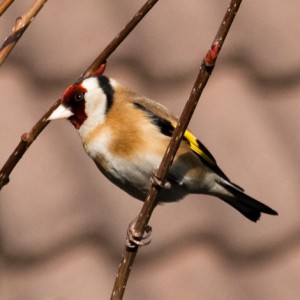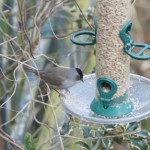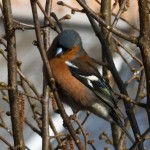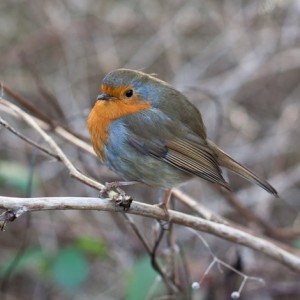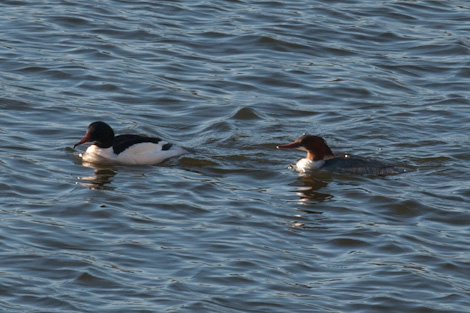One hour’s birdwatching duly completed. I decided to go for the Saturday morning as soon as I had finished getting dressed. For the first 15 minutes or so, there really weren’t many birds around. I saw two blue tits as I opened the blind and there was a male blackbird that turned up after about 10 minutes. I was starting to get worried.
However, slowly they started to arrive, with a couple of house sparrows and a pair of great tits being the next guests. Then pandemonium – more house sparrows, only this time there were about 10 (I definitely counted this number, but it could have been more). They were hurtling about the garden , making lots of noise, then they careened into next door’s conifer and then they were gone.
Most of the usual suspects were about; a couple of dunnocks and two robins as well as another couple of blue tits (all there at once which is unusual as they usually chase each other off). But, no finches for quite some time until a couple of goldfinches turned up. Then some more and finally I counted 8 at once. I love these, they are so bright and noisy, they enliven any garden.
So, total species count was only 7 this year. I was not surprised by the lack of starlings as they don’t often come into the garden, they just make lots of noise in the roof, and the cage I have put round the bird feeder has deterred the wood pigeons and collared doves this winter. The greenfinches didn’t arrive until late morning and I have no idea what happened to the chaffinches on Saturday. However, the thing I am a little concerned about is that I only saw the one male blackbird, no others, male or female. I haven’t seen more than one since either, so I am not sure what has happened to his mate as they were often in the garden together.
